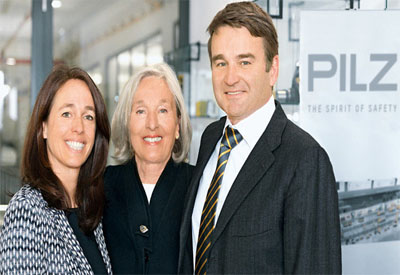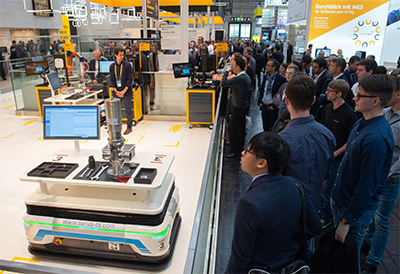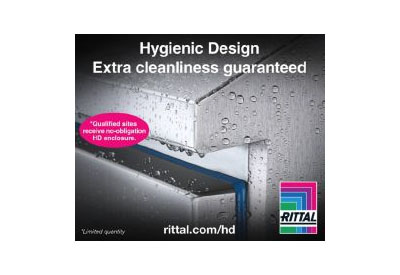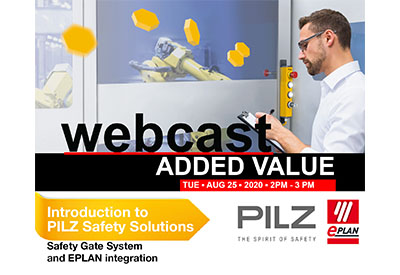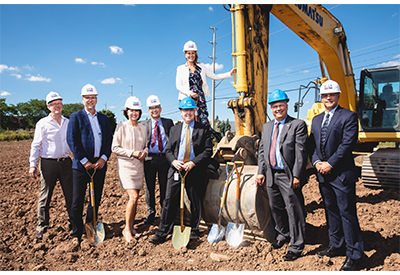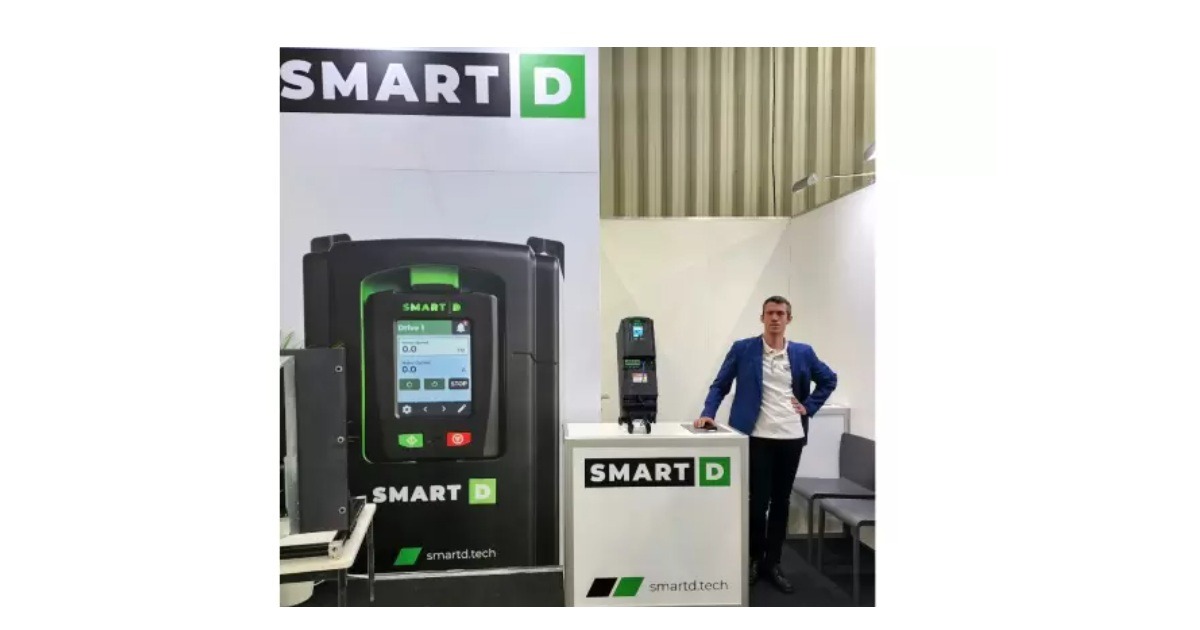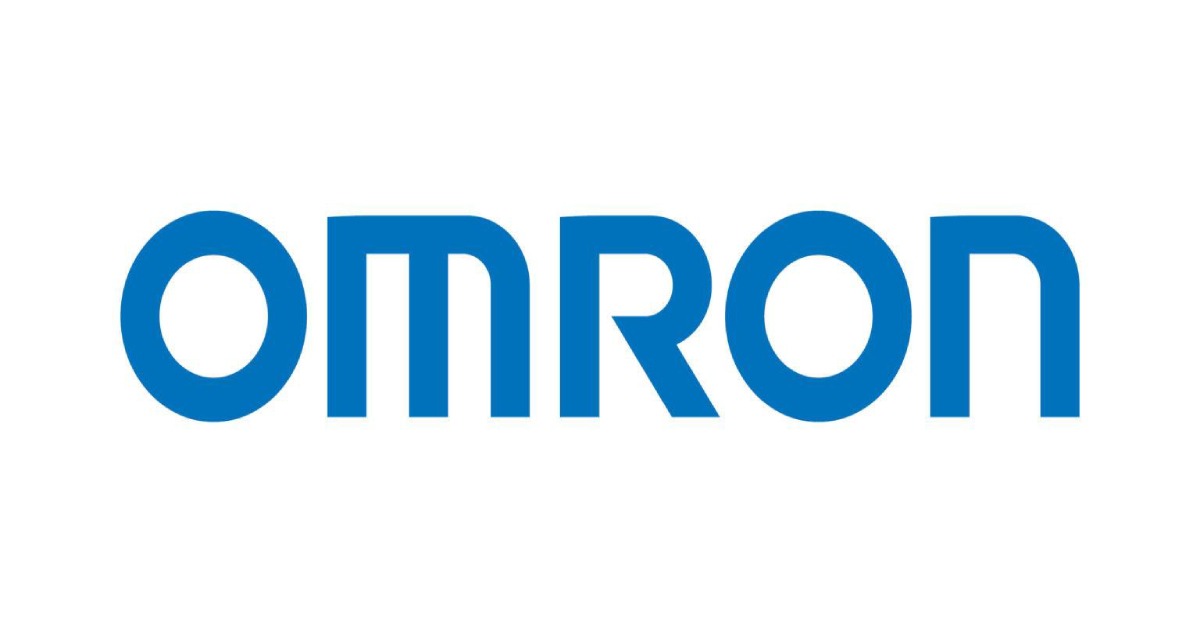Robots Help to Fight Coronavirus Worldwide
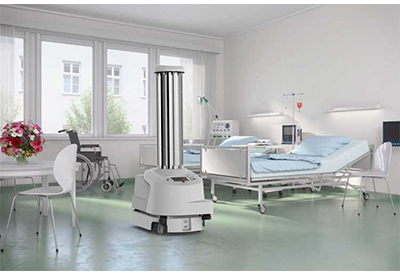
April 6, 2020
Robots play an important role in fighting the coronavirus SARS-CoV-2 around the globe. Disinfection robot UVD for example has been in high demand since the outbreak of COVID-19 pandemic. Chinese hospitals have ordered more than 2,000 UVD robots by Danish manufacturer Blue Ocean Robotics. They started to destroy viruses in Wuhan, where the global pandemic began.
The units operate in more than 40 countries – in Asia, Europe and the United States. UVD uses ultraviolet light (UV-C) to kill harmful microorganisms. The robot is the current holder of the IERA innovation award by IEEE and the International Federation of Robotics (IFR).
“We are now helping solve one of the biggest problems of our time, preventing the spread of viruses and bacteria with a robot that saves lives,” says Claus Risager, CEO of Blue Ocean Robotics. “The immediate demand has increased a lot with the outbreak of COVID-19. Existing customers buy many more units than before, and many new customers are ordering the UVD robots to fight coronavirus and other harmful microorganisms.” This is an ongoing success story for the IERA award winning robot. Blue Ocean Robotics has seen a growth in sales of more than 400 percent annually over the last two years.
{videobox}6hs_sNGIUls{/videobox}
Robot moves autonomously
The Danish robot moves autonomously around patient rooms and operating theatres – covering all critical surfaces with the right amount of UV-C light in order to kill specific viruses and bacteria. The more light the robot exposes to a surface, the more harmful microorganisms are destroyed. In a typical patient room, 99.99 % of all viruses and bacteria are killed within 10 minutes.
Robot helps at airports, schools or office spaces
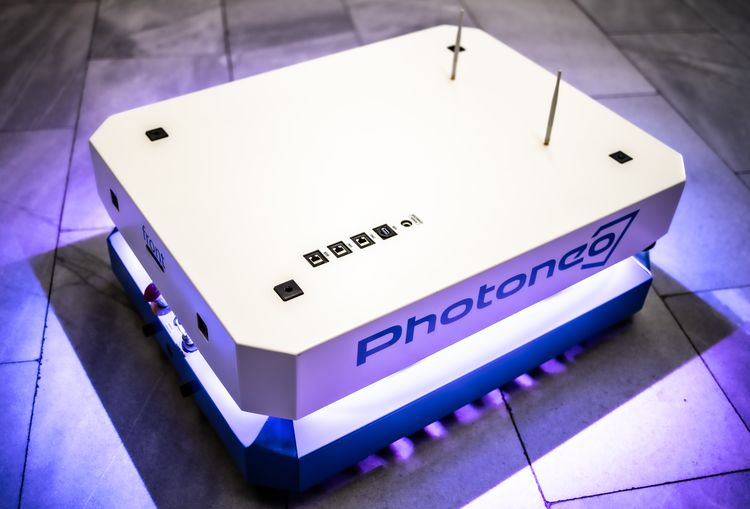
“UVD is a supplementary device which assists the cleaning staff,” said Claus Risager. For safety reasons, it works on its own and automatically disengages the UV-C light if someone enters the room. The collaborative robot can be used in various enclosed spaces – not only in hospitals. The technology also works in environments such as office spaces, shopping malls, schools, airports and production facilities.
“They can support us in healthcare environments, but also in the development, testing and production of medicine, vaccines and other medical devices and auxiliaries. Disinfection tasks performed e.g. by UVD units or safe distribution of hospital material in quarantine zones – without personal contact – provided e.g. by Photoneo´s mobile robot Phollower, are just two of many examples.”
By now, medical robots represent a well-established service robot market with a considerable growth potential. Sales of medical robots increased by 50% to 5,100 units in 2018. This is according to the statistics published in World Robotics by IFR.

